- Follow Us
Scientific Publications
High-profile publications featuring CDI Labs next-gen proteomics technologies and services
276 Total Publications
Refine Your Search
Publication Details
- Date
- Link
- + Abstract

Gynecologic Oncology
- Main Product: HuProt
- HuProt: Actionable spontaneous antibody responses antagonize malignant progression in ovarian carcinoma
- Katelyn F. Handley, José R. Conejo-Garcia, et. al.
- Dept of Gynecologic Oncology, H. Lee Moffitt Cancer Center and Research Institute
To demonstrate that shared antibody responses in endometriosis and endometriosis-associated ovarian cancer spontaneously antagonize malignant progression and can be leveraged to develop future immunotherapies. Nine accessible proteins detected by both IgA and IgG were identified in all samples - including SDCBP, which is expressed in ovarian carcinomas of multiple histologies. Administration of α-SDCBP IgG4 in OVCAR3 (HGSOC), TOV21G and RMG-I (CCC) tumor-bearing mice significantly decreased tumor volume compared to control irrelevant IgG4.
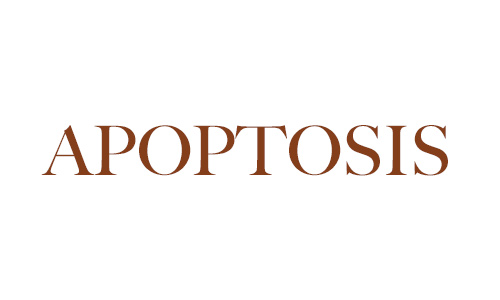
Apoptosis - Springer
- Main Product: HuProt
- HuProt: Bufalin targeting BFAR inhibits the occurrence and metastasis of gastric cancer through PI3K/AKT/mTOR signal pathway
- Guang Chen, Lina Yang, et. al.
- Dept of Genetics and Cell Biology, Basic Medical College, Qingdao University
Gastric cancer (GC) is the most common malignant tumor of digestive system. Bufalin extracted from Venenum Bufonis is one of the most effective anticancer monomers, which has been proved to play anticancer roles in a variety of cancers such as ovarian cancer, prostate cancer and neuroblastoma. However, there are few studies on bufalin in GC, and lack of clear targets. The effect of bufalin on the proliferation and migration of GC cells was detected by CCK-8, scratch wound healing assay, transwell assay and Western blotting.

Nature Communications Biology
- Main Product: HuProt
- HuProt: JAZF1 safeguards human endometrial stromal cells survival and decidualization by repressing the transcription of G0S2
- Yingyu Liang, Lili Du, et. al.
- Dept of Obstetrics and Gynecology, Guangdong Provincial Key Laboratory of Major Obstetric Diseases
Decidualization of human endometrial stromal cells (hESCs) is essential for the maintenance of pregnancy, which depends on the fine-tuned regulation of hESCs survival, and its perturbation contributes to pregnancy loss. However, the underlying mechanisms responsible for functional deficits in decidua from recurrent spontaneous abortion (RSA) patients have not been elucidated. Here, we observed that JAZF1 was significantly downregulated in stromal cells from RSA decidua. JAZF1 depletion in hESCs resulted in defective decidualization and cell death through apoptosis.
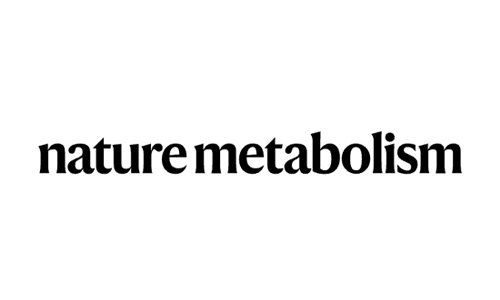
Nature Metabolism
- Main Product: HuProt
- HuProt: Mitochondrial pyruvate carrier-mediated metabolism is dispensable for the classical activation of macrophages
- Linyu Ran, Feilong Wang, et. al.
- Dept of Pulmonary and Critical Care Medicine, Shanghai East Hospital, School of Medicine, Tongji University
Glycolysis is essential for the classical activation of macrophages (M1), but how glycolytic pathway metabolites engage in this process remains to be elucidated. Glycolysis leads to production of pyruvate, which can be transported into the mitochondria by the mitochondrial pyruvate carrier (MPC) followed by utilization in the tricarboxylic acid cycle. Based on studies that used the MPC inhibitor UK5099, the mitochondrial route has been considered to be of significance for M1 activation. Using genetic approaches, here we show that the MPC is dispensable for metabolic reprogramming and activation of M1 macrophages.

mAbs
- Main Product: HuProt
- IL-38 blockade induces anti-tumor immunity by abrogating tumor-mediatedsuppression of early immune activation
- John P. Dowling, Pavel A. Nikitin, Fang Shen, Halley Shukla, James P. Finn, Nirja Patel, Cezary Swider, Jamie L....
- Research & Development, Immunome Inc.
Immune checkpoint inhibitors that overcome T cell suppressive mechanisms in tumors have revolutionized the treatment of cancer but are only efficacious in a small subset of patients. Targeting suppressive mechanisms acting on innate immune cells could significantly improve the incidence of clinical response by facilitating a multi-lineage response against the tumor involving both adaptive and innate immune systems. Here, we show that intra-tumoral interleukin (IL)-38 expression is a feature of a large frequency of head and neck, lung and cervical squamous cancers and correlates with reduced immune cell numbers. We generated IMM20324, an antibody that binds human and mouse IL-38 proteins and inhibits the binding of IL-38 to its putative receptors, interleukin 1 receptor accessory protein-like 1 (IL1RAPL) and IL-36R.

Nature Reviews Rheumatology
- Main Product: HuProt
- HuProt: Down syndrome: insights into autoimmune mechanisms
- Bernard Khor, Jane H. Buckner
- Center for Translational Immunology, Benaroya Research Institute at Virginia Mason
Understanding why individuals with Down syndrome are highly predisposed to autoimmunity has broad mechanistic and therapeutic implications. New work identifies novel potential mechanistic pathways driving increased autoimmunity-relevant CD11c+ B cells and provides the broadest view to date of the repertoire of autoantibodies generated in individuals with Down syndrome.
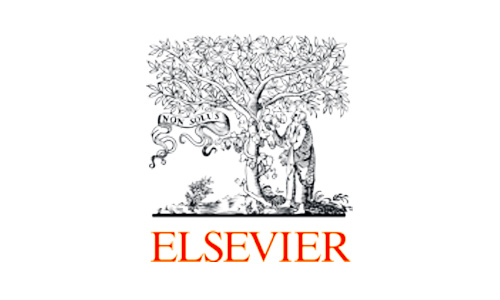
Biochimie - Elsevier
- Main Product: HuProt
- HuProt: Generation of the novel anti-FXYD5 monoclonal antibody and its application to the diagnosis of pancreatic and lung cancer
- Takamasa Hotta, Takeshi Urano, et. al.
- Department of Biochemistry, Shimane University
HuProt Antibody Specificity: Despite recent advances in cancer treatments, pancreatic cancer has a dismal prognosis globally. Early detection of cancer cells and effective treatments for recalcitrant tumors are required, but the innovative therapeutic tools remain in development. Cancer-specific antigens expressed only on cancer cells may help resolve these problems, and antibodies to such antigens have potential in basic research and clinical applications. To generate specific antibodies that bind to proteins expressed on the surface of pancreatic cancer cells, we immunized mice with human pancreatic cancer MIA PaCa-2 cells, and isolated a hybridoma that produces a monoclonal antibody (mAb), named 12–13.8.

Science Advances
- Main Product: HuProt
- HuProt: TEAD1 trapping by the Q353R–Lamin A/C causes dilated cardiomyopathy
- Shintaro Yamada, issei Komuro, et. al.
- Dept of Cardiovascular Medicine, Graduate School of Medicine, The University of Tokyo
HuProt PPI: Mutations in the LMNA gene encoding Lamin A and C (Lamin A/C), major components of the nuclear lamina, cause laminopathies including dilated cardiomyopathy (DCM), but the underlying molecular mechanisms have not been fully elucidated. Here, by leveraging single-cell RNA sequencing (RNA-seq), assay for transposase-accessible chromatin using sequencing (ATAC-seq), protein array, and electron microscopy analysis, we show that insufficient structural maturation of cardiomyocytes owing to trapping of transcription factor TEA domain transcription factor 1 (TEAD1) by mutant Lamin A/C at the nuclear membrane underlies the pathogenesis of Q353R-LMNA–related DCM.
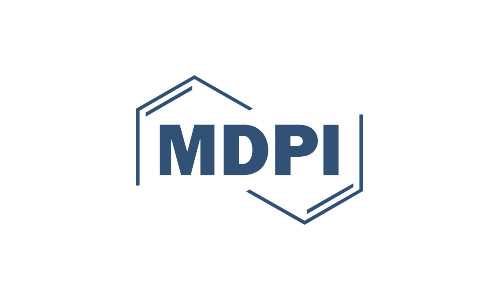
MDPI - Cancers
- Main Product: HuProt
- HuProt: Development of a Novel Circulating Autoantibody Biomarker Panel for the Identification of Patients with ‘Actionable’ Pulmonary Nodules
- Claire Auger, Jeffrey A. Borgia, et. al.
- Dept of Anatomy & Cell Biology, Rush University Medical Center
HuProt Autoantibodies: Circulating biomarkers for the identification of patients with “actionable” nodules may increase screening uptake and decrease false-positive rates associated with low-dose computed tomography (LDCT). Novel autoantibody biomarkers were identified utilizing a HuProt™ protein microarray. Luminex assays were developed for the targeted measurement of identified biomarkers within a large Biomarker Development Cohort (n = 841). Each individual biomarker’s performance was assessed. The Biomarker Development Cohort was split into three separate cohorts: Training, Validation 1, and Validation 2. Utilizing a Training cohort, a random forest model for identifying patients with “actionable” nodules from those with “non-actionable” nodules was built.
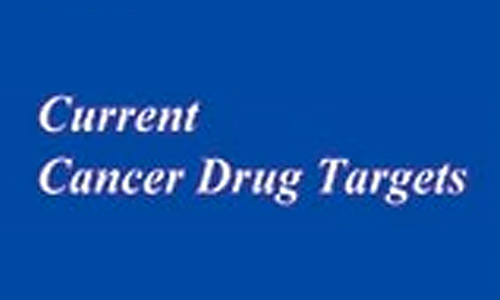
Current Cancer Drug Targets
- Main Product: HuProt
- HuProt: Serum Biomarker Panel for Rapid Early Diagnosis of Lung Cancer
- Shucai Wu, Jiawen Zhang, Hongyan Wei, Ying Liu, Xianli Dai, Jinyu Xue, Ting Shen and Xinyan Liu
- Hebei Chest Hospital, Shijiazhuang, China
Lung cancer is the leading cause of cancer death in most countries. Although early diagnosis and treatment critically influence prognosis, lung cancers are generally only discovered in the late stages of the disease. Widely-used screening and diagnostic methods are not suitable for preventive screening, and high-throughput technologies based on serum biomarkers are needed.